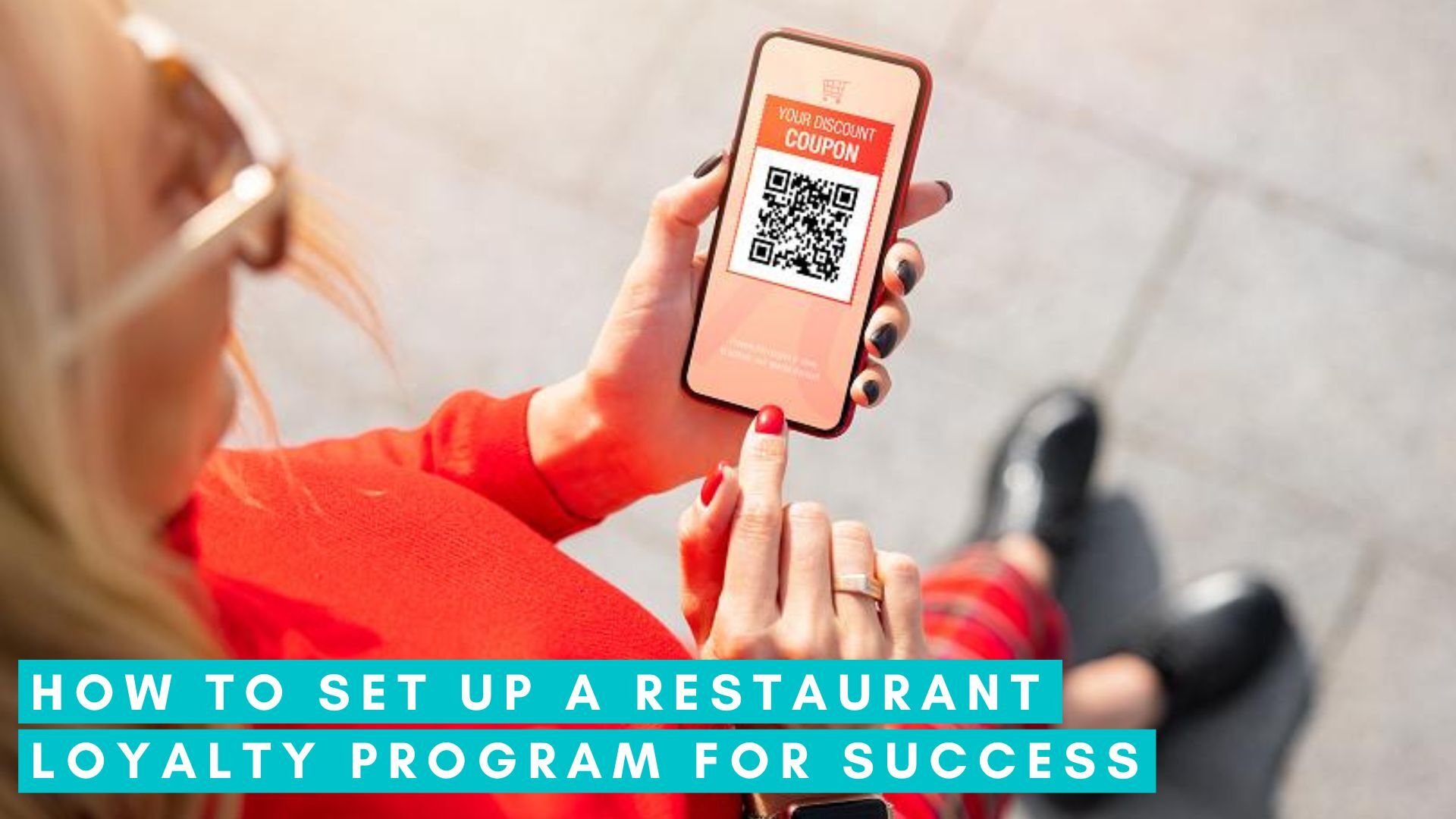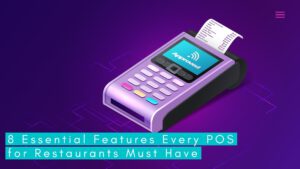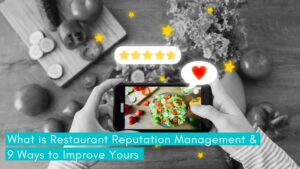Open up your wallet, and amidst the assortment of random coins of varying currencies, receipts for things you regret buying, and that $5 note crumpled up in the corner, you might find a few loyalty cards.
There’s something exciting about presenting that little piece of cardboard to the cashier or server so you can collect a new stamp in readiness for a free coffee or a discount. It feels like getting a gold star at school – just the adult version.
But the “throwback” nature of this system is also its downfall.
Stamping cards feels a bit retro, not to mention impractical. The rise of contactless payments has contributed to the downfall of wallets, and suddenly those cute rectangles are lost in the abyss of digital living, never to be found again.
Digital transformation has given businesses the tools to build tech-focused loyalty experiences, such as apps and platforms. Scanning an app to receive loyalty points is a much easier, quicker, and more accessible way for customers to stay engaged with your brand.
The customers love it too. 86% of consumers are interested in joining a loyalty program if it provides discounts or coupons.
Let’s explore why you should consider switching your QSRs paper loyalty cards for a digital restaurant loyalty program strategy.
What is a Restaurant Loyalty Program?
In 1929, Betty Crocker customers began cutting out a special coupon from their box that they could later redeem for rewards. This sparked the beginning of the restaurant loyalty program and the reward card revolution, which is now a staple for businesses in the food service industry.
Some of these programs have become iconic in pop culture, such as the elusive Taco Bell Black Card and McDonald’s Monopoly.

The premise of a restaurant loyalty program is to offer customers points, benefits, or prizes when they complete repeat purchases at a store or restaurant. The main types of loyalty programs are:
Tiered
A tiered loyalty system enables you to split the perks into different levels. The more points a customer earns, the better the rewards are.
Subscription-based
Amazon Prime is an excellent example of a subscription-based loyalty program. Customers pay for the subscription but also enjoy extra benefits like free shipping as part of the scheme.
Points-based
While a tiered loyalty program also uses a points system, a points-based scheme is different because it isn’t about reaching different levels. Instead, the customer collects points with every purchase and can redeem them for items, such as a free drink, when they reach a certain amount.
What are the benefits of having a Loyalty Program?
Rewards and perks lead to great business growth and are enjoyed by customers. Here are some reasons why you should introduce a loyalty program at your QSR.
Customer loyalty
The probability of selling to a new customer is 5-20% compared to 60-70% for existing customers.
A loyalty program ensures you don’t neglect your customers in favor of generating new business, and it has the potential to increase customer lifetime value by as much as 67%.
Better customer retention
Over 58% of people believe earning rewards and loyalty points is one of the best aspects of customer experience.
Loyalty programs are a way of saying ‘thank you’ to diners, encouraging them to become brand advocates and spend more.
Increase in sales and customer referrals
Acquiring a new customer can cost up to 7 times more than selling to an existing one, but a 5% jump in retention rates can increase profits by up to 90% – so loyalty programs are worth the investment.
Increased brand recognition
76% of customers believe loyalty programs strengthen their relationship with brands, meaning they’re more likely to be loyal to their go-to QSRs.
Recognition works both ways – if brands recognize their gratitude for loyal customers, diners will return the favor.

Insight into customer analytics
Digital restaurant loyalty programs are implemented through apps and platforms. This allows you to capture analytics on customers’ purchasing habits and demographics.
This information can form the basis of your marketing campaigns. It also helps with inventory management as you’ll better understand customer interests and the most-purchased products.
4 Steps for setting up a successful restaurant loyalty program
Every customer is valuable, but it can be hard to prove it to them, especially when serving hundreds of hungry diners daily.
As your customer base and business grow, your loyalty program needs to strike a balance between generating as many sign-ups as possible without offering rewards that are too generic.
So, what should you consider when setting up your loyalty program?
1. Implement the right technology
We’ve already established that paper cards are not the way forward, so it’s no surprise that 95% of loyalty program members want to engage with brands through new and emerging technologies.
Apps enable customers to stay connected with your QSR in a way that’s accessible for diners who have varying levels of digital literacy.
For example, they could scan a QR code on their receipt to access exclusive promotions or collect points in-app every time they make a mobile order.
Behind the scenes, digital solutions are a key way for QSRs to gather important customer data.
2. Offer interesting rewards
Before you introduce a loyalty program, ask yourself why customers should bother signing up. Why should they take the time to engage with your program, and what can they gain from it?
The rewards that you offer will be the biggest draw for customers, and a sign-up incentive can help entice them to take the plunge in the first place. It could be a free coffee, an exclusive discount, or a double points offer.
Once new sign-ups turn into happy members, you can use their buyer intent data and purchase history to offer personalized rewards better suited to their interests.
Most customers will appreciate this approach too, as 87% are willing to accept data tracking methods in exchange for personalized rewards and brand experiences.
Let customers know in advance, so they know what to expect. While some customers are taking some time to get used to Dunkin’s upgraded program, many are pleased with the other offers now available – ones they didn’t have access to before.

3. Communicate with staff
There’s no point in having a great program if you don’t market it, and the best place to do so is during the ordering process.
Take the time to train each staff member in introducing the loyalty program into their upsell strategy, even if that includes a concise script that employees can rehearse.
You can incorporate the upsell with a sign-up incentive by sharing this information before a transaction. Wouldn’t we all love to get 10% off our bill if we sign up for a restaurant loyalty program on the spot?
It’s not only humans that can attempt upsell opportunities in this way – voice ordering AI can too.
Tech automation solutions can be configured to offer sign-up promotions while taking a customer’s order. Auto attempts an upsell in 76% of cases compared to employees’ 4%, which allows you to get more sign-ups.
4. Promote the app everywhere
To appeal to as many new and existing customers as possible, you must take your marketing efforts beyond the kiosk.
Display your latest loyalty program promotion where guests can see it, such as on digital menu boards inside and outside your QSR, or use QR codes to make their sign-up process as smooth and quick as possible.
Why do all the marketing yourself when your customers can give you a helping hand? 92% of people trust referrals from people they know.
A referral program can incentivize current customers by offering enticing rewards for introducing others to the party. It spreads the word, draws new customers, and engages existing diners – a win-win.
Keep your customers craving more with a loyalty program
When planning your digital transformation strategy, don’t forget to consider digitizing your loyalty program.
It opens up a world of data analytics opportunities that can help your business gain a deep understanding of customer behavior, buyer intent, and purchase history to inform your sales and marketing approaches.
Loyalty program apps and platforms don’t need to sit alone in your tech stack.
Other tech solutions like voice ordering AI, QR codes, and mobile ordering can be integrated with your loyalty application to direct customers toward the sign-up page and automatically add their points after purchase.
Auto can increase order value and drive upsell opportunities by introducing diners to your loyalty program, handling more customers at the drive-thru, and providing quick service.
To increase revenue, give excellent customer service, and reward loyal customers, request a demo today with Auto.





